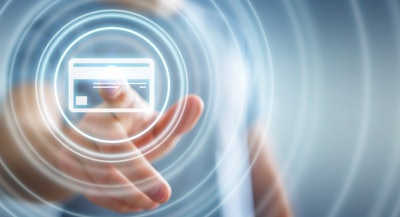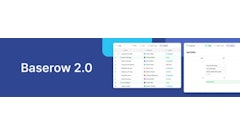
Even before the Coronavirus disease (COVID-19) pandemic hit the United States, a significant number of healthcare organizations were struggling with time-consuming and costly payment processes. Data shows it costs as much as $31 to manually process each invoice and paper check, and 42% of all healthcare payments today are made via paper. In addition, a survey by Paystream Advisors found 70% of healthcare organizations still receive invoices in paper or email format.
The pandemic has illustrated the need for healthcare to embrace new technologies and systems that bring higher levels of automation to its business processes. And, that is certainly true for invoicing. The industry needs to extend the automation gains achieved during COVID-19 and accelerate the shift from paper to digital invoices. This will enable organizations to optimize the overall procure-to-pay process by bringing about a new era of automated invoice matching, exception handling and workflow routing with minimal manual touches.
What we’re vying for in healthcare is to arrive at a building block for procure-to-pay nirvana -- the touchless invoice.
Automation lays the foundation
While it’s a long road ahead to reach the reality of truly touchless invoicing, there is reason for optimism. Gartner estimates the COVID-19 pandemic has fast-tracked digital adoption by five years. Furthermore, it’s expected that the healthcare industry, which bore the brunt of supply chain disruptions, will accelerate automation, making the necessary investments to improve flexibility and resiliency. We may not be able to prevent future disruptions, but we can improve the supply chain’s ability to respond nimbly by becoming more automated, and by extension, more data-driven.
Automation is critical because it’s the foundation for all real-time transactions. The industry must prioritize greater levels of automation within the procure-to-pay cycle to ensure clean, accurate data is flowing through those systems. That data can be used to further improve the efficiency of transactions, such as invoice receipt and processing.
Invoice processing today is complex and even when invoice delivery is automated, processing can still be highly manual. Healthcare providers typically receive “electronic” invoices in various formats, such as XML, EDI, email and PDF, which are often manually entered into the accounts payable system. As part of the reconciliation process, each invoice must be matched to a purchase order, goods received notice, and contract. Automation improves these processes by reducing the time and the occasional human error that invariably results from so many touchpoints. Automating this process also allows us to address common friction points with greater ease. For instance, an automated invoicing process provides alerts the moment an exception occurs. But in the absence of automation, it can take hours, even days, to find that exception and reconcile. Automation enables us to improve the accuracy of invoicing, reduce cycle times and cost.
Artificial intelligence drives the last mile
To achieve touchless invoicing, however, we need to eliminate all exceptions without manual intervention. For this, we’ll need the power of artificial intelligence (AI) and machine learning to help complete the last mile. Building on the data made more visible through automation, AI helps improve the quality of the insights from data flowing across the invoicing systems, establishing a history of patterns relative to ordering, delivery, invoicing and payment. These patterns form a baseline for operational trust, where trading partners have confidence in the behaviors and data that support these transactions.
Once the pillars of exceptionless invoicing - automation, data and trust – are in place, this model would become the norm, pushing us closer to real-time invoicing. If systems are synchronized and trading partners trust the data and the relationship, why not issue real-time invoices? This, in turn, would likely change the payment paradigm in ways that benefit both suppliers and providers. The dynamics of trading partner relationships could change, with even greater focus on joint business benefits and value levers. For example, providers could realize benefits around product and category pricing, while suppliers would benefit from immediate payment.
In the near term, however, healthcare providers should focus on accelerating automation for invoices. It’s a crucial step in creating a more agile, resilient supply chain. It results in more substantial business continuity, greater process efficiency and better, more fluid decision-making around cash management to meet short-term and long-term goals and better prepare for future crisis situations.

















